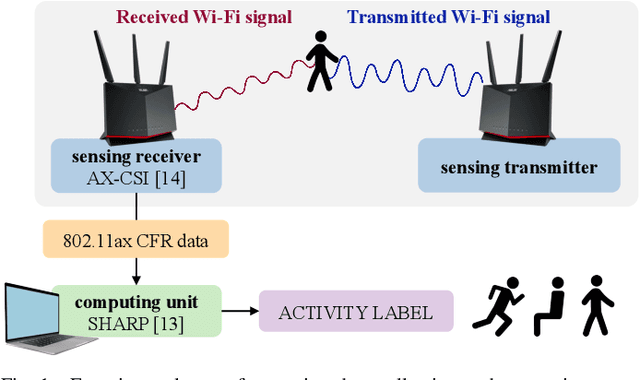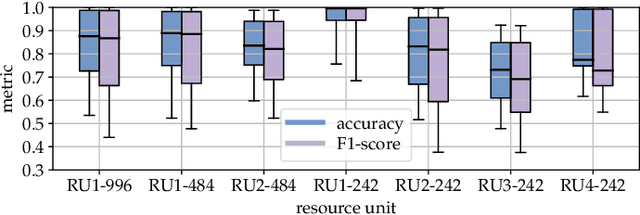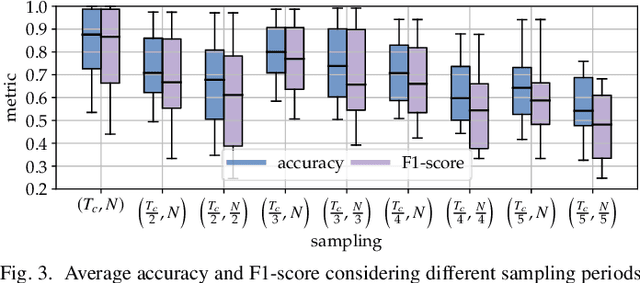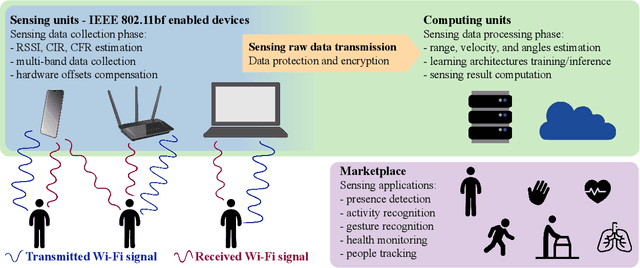Towards Integrated Sensing and Communications in IEEE 802.11bf Wi-Fi Networks
Paper and Code
Dec 28, 2022



As Wi-Fi becomes ubiquitous in public and private spaces, it becomes natural to leverage its intrinsic ability to sense the surrounding environment to implement groundbreaking wireless sensing applications such as human presence detection, activity recognition, and object tracking. For this reason, the IEEE 802.11bf Task Group is defining the appropriate modifications to existing Wi-Fi standards to enhance sensing capabilities through 802.11-compliant devices. However, the new standard is expected to leave the specific sensing algorithms open to implementation. To fill this gap, this article explores the practical implications of integrating sensing and communications into Wi-Fi networks. We provide an overview of the support that will enable sensing applications, together with an in-depth analysis of the role of different devices in a Wi-Fi sensing system and a description of the open research challenges. Moreover, an experimental evaluation with off-the-shelf devices provides suggestions about the parameters to be considered when designing Wi-Fi sensing systems. To make such an evaluation replicable, we pledge to release all of our dataset and code to the community.
 Add to Chrome
Add to Chrome Add to Firefox
Add to Firefox Add to Edge
Add to Edge